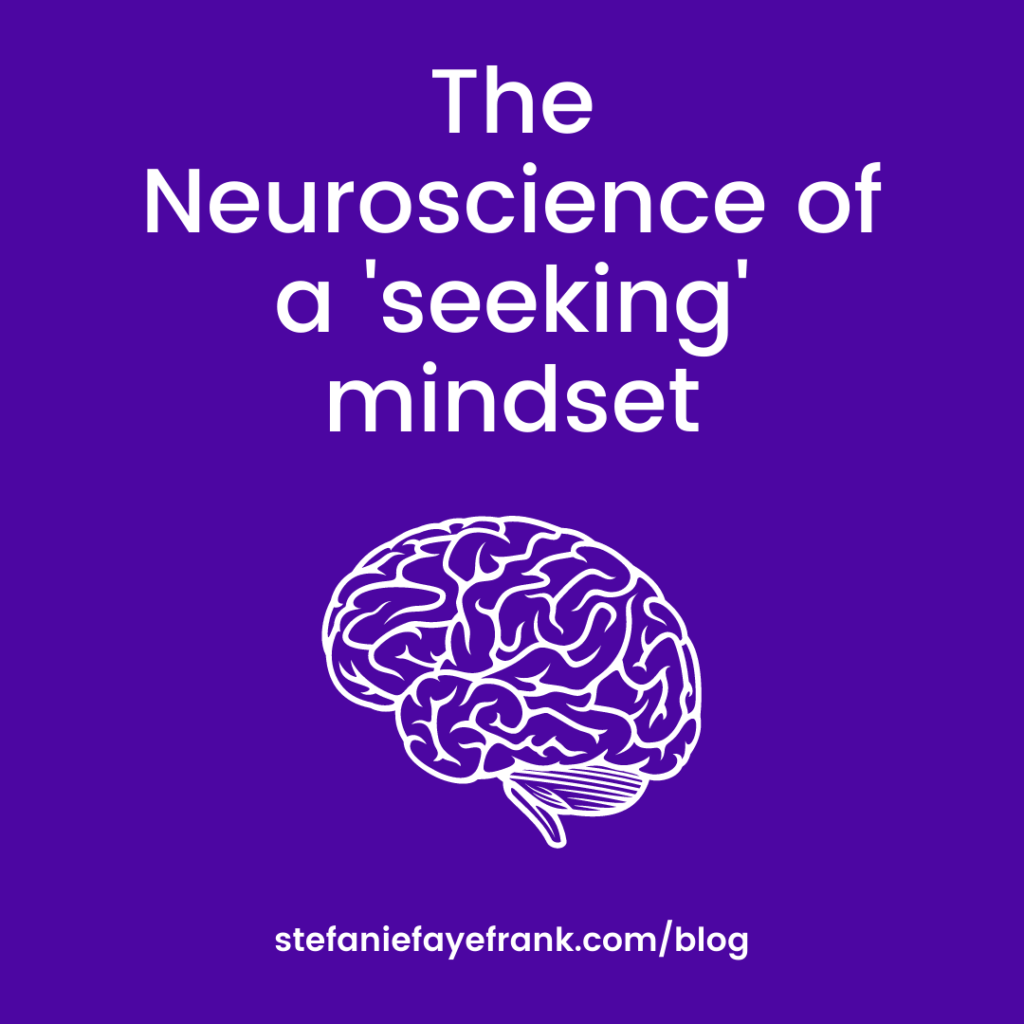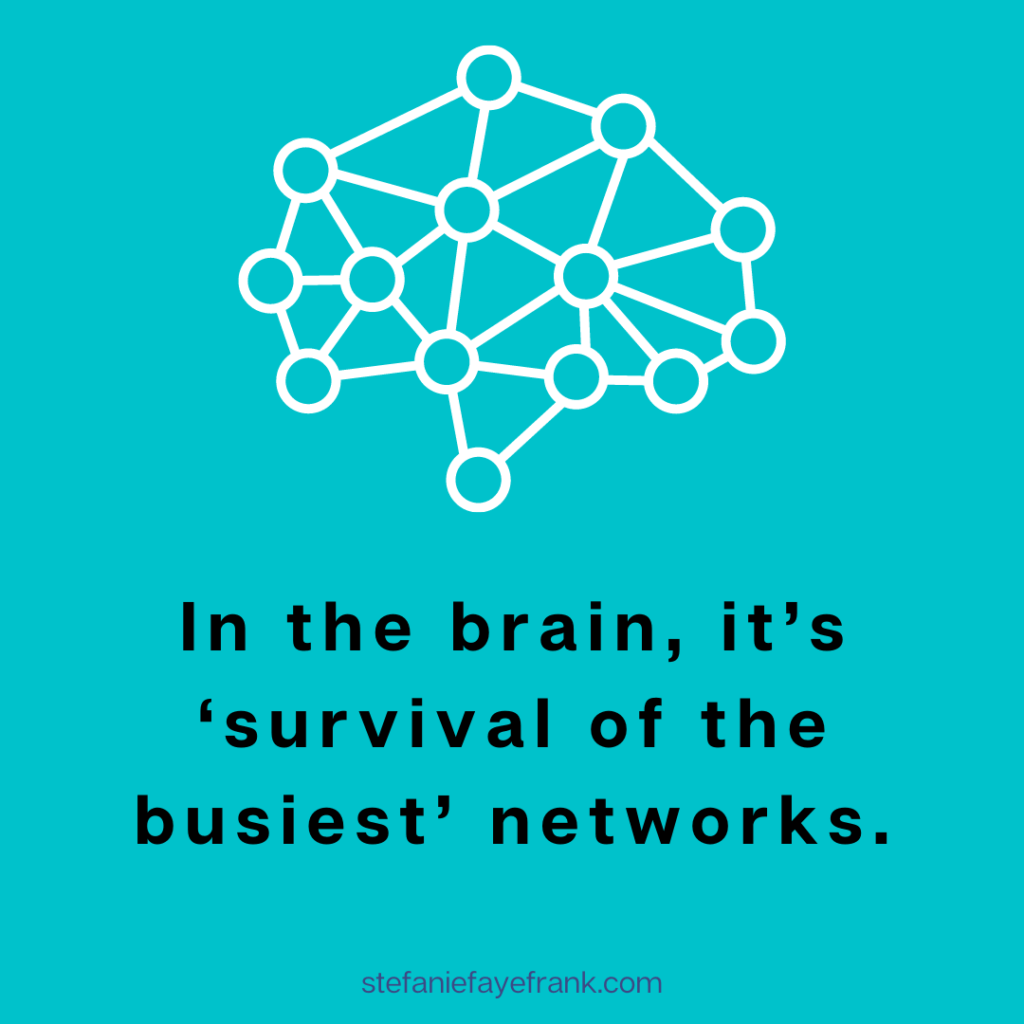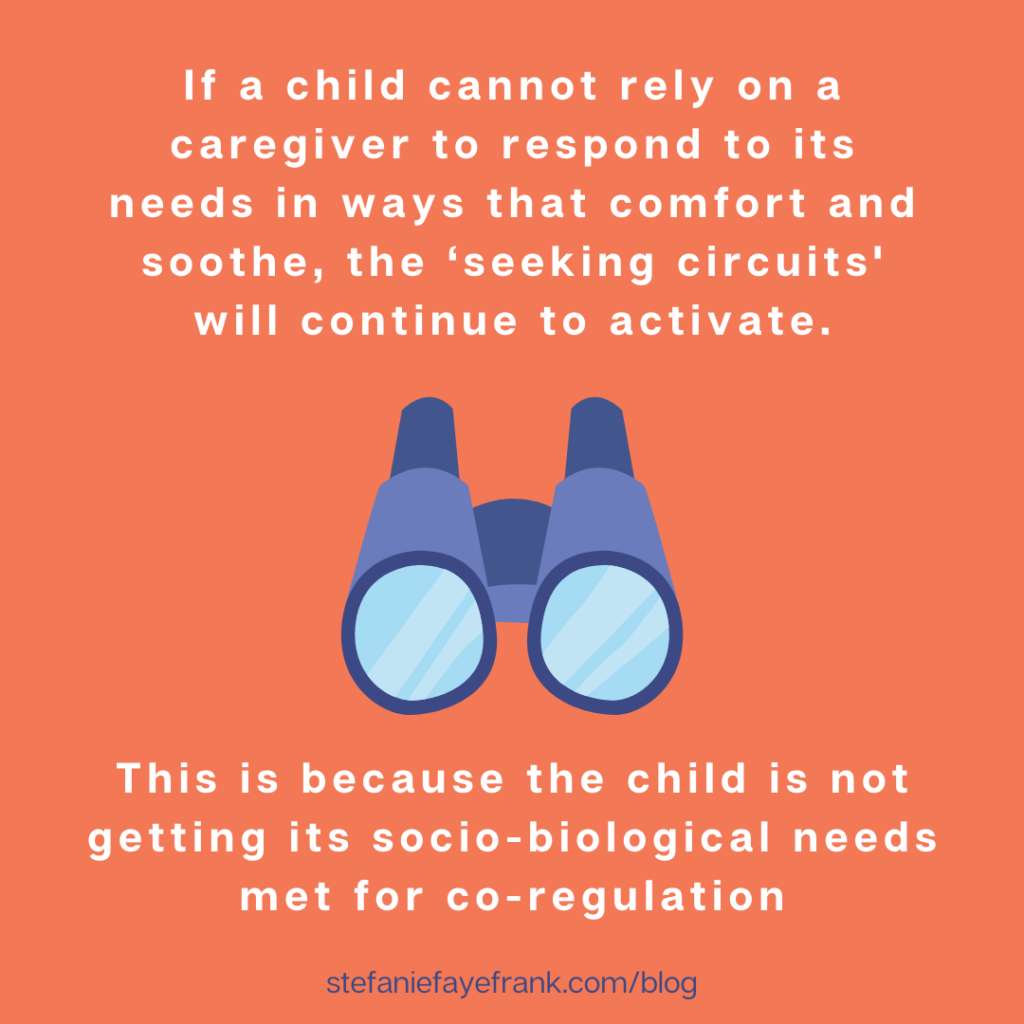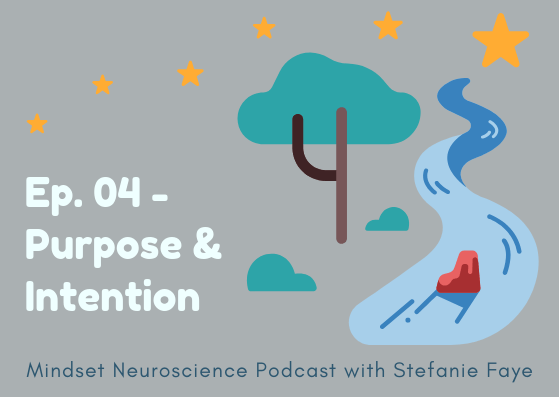
One of my favorite music artists of all time is a French singer named Francis Cabrel. Acoustic guitar* is to me one of the most soothing sounds and the French language does something to me 🙂 One of my favorite songs by him is La Fabrique.
It’s the story of a person who works day in and day out at a factory, waiting for the bell to ring at the end of the day, and wishing they could have had a chance to use their hands and body to ‘go further’ than being a servant to a machine.
Every time I listen to it, I’m reminded of how free my hands and body are to do what I would like them to do. To create. To share. To love and express myself.
When I listen to it, I feel a sense of duty to honor that person in the factory or anyone who may have very few options to sustain themselves and their family.
What they wouldn’t give to have the opportunities that I have?
It hit me like a ton of bricks the other day. As much as i have been trying to be helpful through the content I provide, I still get stuck in a trap of ‘what else is there?’. ‘Where’s the next thing?’
There are systems within us that are designed to ‘seek’. These are related to dopamine - a neurotransmitter linked with reward. It gets us to get up and look for things, to wander out, be curious and have goals.
They're important. But they can also dominate us to the point where we stop noticing what’s 'right' about where we’re at.
So why do the ‘seeking circuits' dominate for some of us?
The dominance of seeking circuits is something that occurs in all humans because it leads to growth and evolution. There are also links to dopamine and social hierarchy.
But today I want to cover a concept I call ‘attachment scarcity’.
With over a decade of working with people with mental health issues and life challenges, it’s a pattern I see coming up a lot. Whenever I’ve helped someone have a breakthrough (including myself), it has been connected to beliefs and patterns formed in childhood.
The link between Seeking and Attachment Scarcity
Attachment is the concept that a child can rely on a caregiver to fulfill its emotional, physical, and ‘complexity’ needs.
When a child has a ‘secure base’ in a caregiver, it allows the child to explore, wander away, be lost in their own independence, and then return to a safe harbor when the world becomes overwhelming.
If a child cannot rely on a caregiver to respond to its needs in ways that comfort and soothe, the ‘seeking’ circuits will continue to activate because the child is not getting its socio-biological needs met for co-regulation
(such as oxytocin and other hormones, neurotransmitters that come from being held, being looked at in a loving way, and being spoken to in a way that is understanding).
If the child continuously moves into the world to explore (which is linked to dopamine and ‘seeking’), and then looks to a caregiver to return to safety - but the caregiver is not there, or does not respond in a co-regulating way, the child’s ‘seeking circuitry’ will continue to fire.
The child can’t ‘find what it’s looking for’.
We know that in the brain it’s ‘survival of the busiest’ networks.
The networks that activate consistently will become well-established. Sometimes those networks can become hyper-coherent: they’ll have a rigid type of communication pattern that makes it hard for other information to enter.
This means that even if there are opportunities for someone to feel supported, their brain’s seeking circuits may make it hard to recognize them.
Their seeking circuits will keep them in an experience of ‘where is it?’ “i’m looking for safety and support, but I can’t find it’. This is the foundation of ‘attachment scarcity’.
The child is seeking a secure base, but can’t find it.
The circuitry is now being built to ‘always be looking for security but never ‘finding it’.
So what can we do if we feel like we're always in 'seeking mode'?
A practice we can use to quiet the ‘seeking circuits’ is to intentionally look for things we’re grateful for and to recognize all the ways we are being supported.
Noticing what we have and what we're grateful for is a 'neural training in attentional control'. It activates one of the most powerful technologies of our nervous system: the ability to choose 'where to shine our 'beam of awareness'.
My strongest practice that I've been using the past few days is writing about things I’m grateful for as a daily routine. When I’ve used this in the past, it has really helped me self-regulate.
However, when our nervous system is in distress, this can be difficult to do.
This is where we need to be consistent with activating those networks. It’s the only way the brain will devote its resources to making them more accessible. So it needs to be something we do every day.

Not keeping up with a 'neural training practice' can be a problem for many of us because that ‘scarcity circuitry’ is deeply embedded in our brain-body responses.
When our nervous system goes into distress, it can re-activate those networks from childhood and make it hard for us to see when someone is trying to help, or what we have around us and within us that can support us in feeling safe.
I notice this pattern in myself, particularly if there is a change in availability of in-person support networks. This may also be why many of the life changes we are experiencing related to covid can re-activate these attachment scarcity networks.
When it comes to re-wiring our brain, it’s the ‘use it or lose it’ principle.
I realize now how important it is to be consistent with these practices. This strengthens those notice-what-I-have networks, so that even when an unfamiliar situation arises, it has less chance of overwhelming my system and activating my scarcity circuits.
I have been more intentional over the past few days of noticing the support that is around me, and it has been very helpful to me. The more I notice it, the more supported I feel. I know that I need to continue this as a 'practice', just like working out - so that my brain-body system can become more 'automated' in using its senses to notice what's 'right' instead of what's missing.
——-
*(the frequency of the music we listen has an effect on our middle ear muscles, and the related circuitry of the vagus nerve and heart. If you want soothing, acoustic voice and instruments without percussion are key. Anything that creates bone conduction due to lower bass frequencies can trigger a ‘threat detection’ response. If you want to be ‘pumped up; for a workout, then intention use of base frequencies and percussion are useful).
Grateful For
Tania, Yoko, Maria, Kari, Simone, Kelsey.
My soul sisters. Thank you for knowing my history and never giving up on me. Thank you for accepting my need to need you 🙂 You know that even when it seems like I am going through a tough time, I emerge stronger and with more love to share.
And THANK YOUUUUUUU to those writing such beautiful emails to me as you encourage me to keep going. I try to reply to each of them - if I haven’t gotten to yours yet, I will!
With Love,
Stefanie



